- Our Products
- Upper Extremity
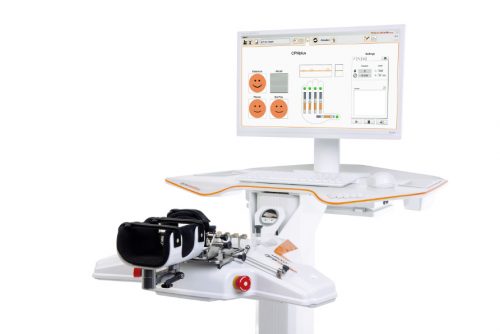 AMADEO The hand therapy world champion
AMADEO The hand therapy world champion
Boredom in finger-hand rehabilitation? Not with AMADEO! Motivation in the course of therapy is just as essential as fingers and hands are for daily life. Regardless of whether it is an adult or child, AMADEO increases therapeutic ambition with sophisticated robotics and a playful approach, and also visualizes the smallest successes in all phases of rehabilitation. Bottom line: AMADEO is simply unique.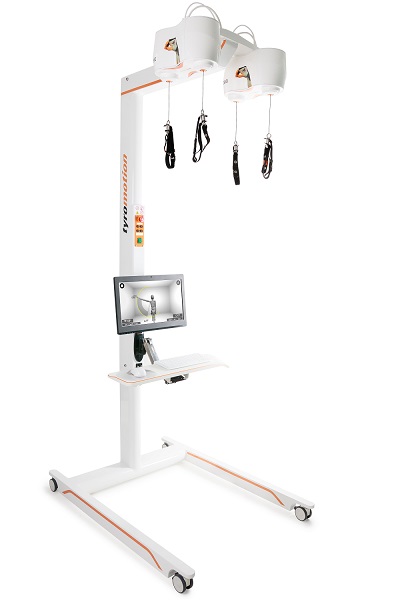 DIEGOBilaterally back to life
DIEGOBilaterally back to life
Finally go fishing again? DIEGO® skilfully assists patients with its unique intelligent weight relief. With its three-dimensional therapeutic area and virtual reality, DIEGO® enables the ideal transfer of what you have learned into everyday life – exactly with the required support. Nothing more and nothing less.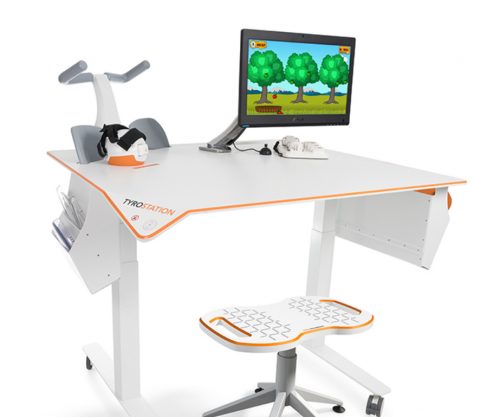 TYROSTATION Endless options, well organized
TYROSTATION Endless options, well organized
Anyone who is as versatile as PABLO® and TYMO® needs structure to really unfold. The Tyrostation is home to all individual components of our two all-rounders and also provides perfect ergonomic adaptability for every patient.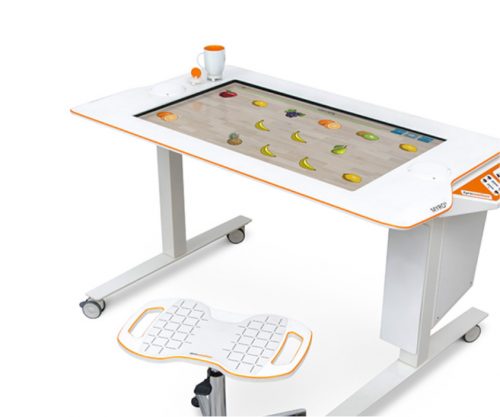 MYRO Full of variety, versatility, innovation and creativity
MYRO Full of variety, versatility, innovation and creativity
Real objects, power control, touch applications and a whole lot of fun: this is what constitutes goal-oriented, intuitive therapy with MYRO. The sensor-based surface is the basis for creative therapy which brings about meaning and self-determination in daily life.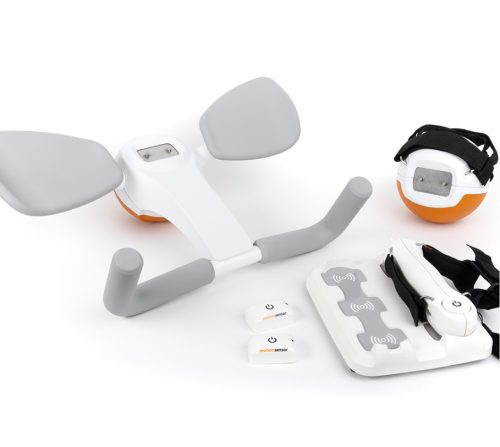 PABLO As versatile as life
PABLO As versatile as life
PABLO® is an all-rounder when it comes to activities of daily living. Position sensors and numerous accessories open up incredibly versatile therapeutic options in a safe environment for patients of all impairment levels.
- Lower Extremity
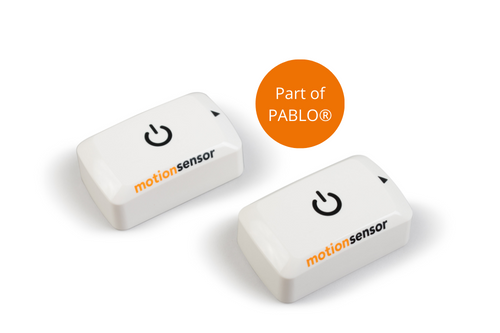 PABLO Lower ExtremityPart of PABLO®
PABLO Lower ExtremityPart of PABLO®
Always know where therapy is going
PABLO® Lower Extremity, our gait analysis and training system, precisely measures the parameters which are required for the selection of the most effective therapeutic measures for gait improvement. Simple and location-independent application as well as size-independent measurement makes the package complete – small device, great effect!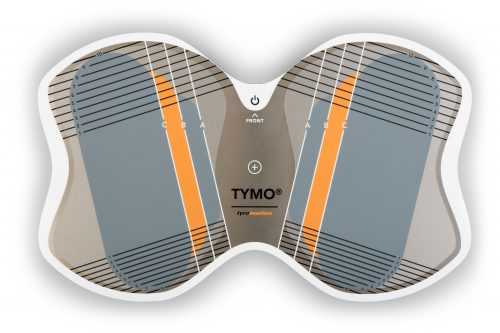 TYMO Balance in perfection
TYMO Balance in perfection
TYMO, a portable posturography system and the world’s thinnest balance platform. Flexible in application, TYMO trains postural control in a sensitive, specific and meaningful manner, and is therefore the basis of all movements. Motivation and fun are included.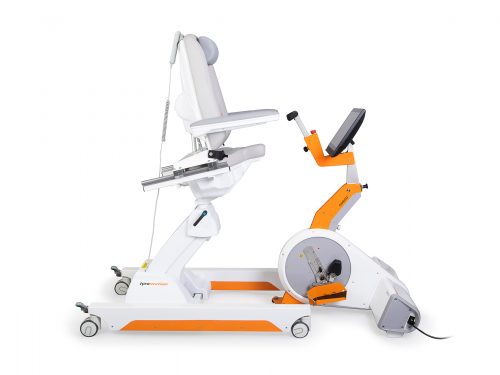 OMEGO Plus Therapy for all phases of gait rehabilitation gone motivational
OMEGO Plus Therapy for all phases of gait rehabilitation gone motivational
Two separate drives mobilize the patient in an effortless, isolated and focussed manner, and therefore make OMEGO® the long-desired stopgap between mobilization and locomotion. What else remains for patient and therapist to do? Train in a motivated manner, have fun and achieve goals.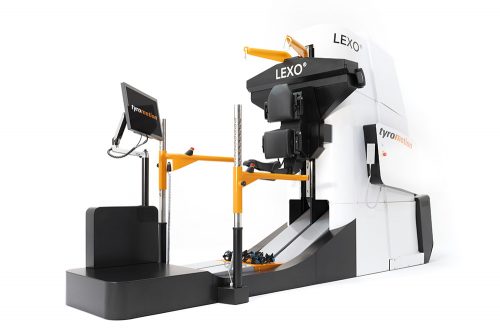 LEXOGait training at its best
LEXOGait training at its best
Maximum number of steps and intensity, low in height, easy handling and fast setup time: Impossible? It works! With LEXO® patients take the first impressive steps back to mobility and enjoy the feeling that things are finally getting better again.
- MTT-Line
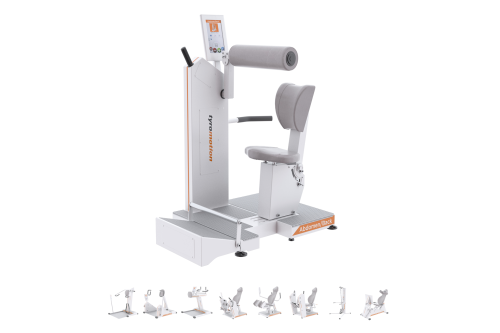 MTT-Line Medical training therapy
MTT-Line Medical training therapy
The barrier-free MTT-LINE specifically strengthens the six major muscle groups of the human body.
- Software
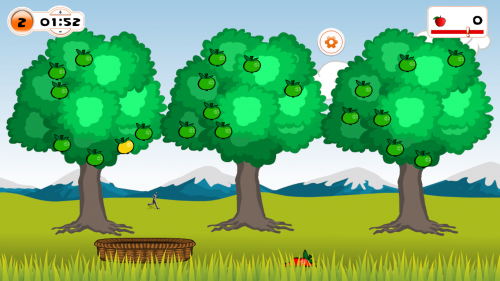 TyroS The heart of our technology
TyroS The heart of our technology
Our TyroS software – developed by and together with therapists – is the heart of our technology that combines devices, know-how and therapeutic games. It is a sophisticated therapeutic system that helps challenge and encourage patients.
- Upper Extremity
Rehabilitation
What is CIMT? – Constraint Induced Movement Therapy (CIMT) for hemiparesis following a stroke
7. February 2023 ● 5 min. Reading time

After a stroke, patients want to become independent again as soon as possible. Common goals include independently getting up, eating, and completing personal hygiene routines. With every goal achieved, patients regain more independence and joy of life.
Patients tend to use the less affected hand more often in everyday tasks. It is faster and more accurate, and daily life is easier this way. After a stroke, the affected hand may be neglected, resulting in delayed re-learning of everyday movements and fine motor functions.
How does CIMT work?
The CIMT concept is similar to the one known for children with visual impairments. If the child squints, is cross-eyed or if one eye is weaker than the other, a patch is placed over the healthy eye to train the affected eye.
CIMT therapy works similarly. The less affected limb of the patient is immobilized for a certain amount of time. This can be achieved through a brace, cast, arm sling, or glove. By immobilizing the less affected arm, patients are encouraged to use the affected arm for everyday tasks.
During CIMT, patients are supported by specially trained therapists for several hours at a time. The goal is to train everyday movements with as many repetitions as possible. Support is given for activities like eating, if necessary.
After the therapy sessions, patients are asked to keep using the affected hand as much as possible. This promotes the integration of the exercises into everyday life. CIMT for twelve days usually shows good progress.
Where and how to use CIMT after a stroke?
CIMT is a time-intensive type of therapy. Rehabilitation centers do not always have sufficient time and resources to offer it.
It is common to adapt CIMT to the resources of the rehabilitation facility. For example, the CIMT concept is used during occupational therapy, while other therapies are completed without immobilizing. Sometimes, group sessions focus on the training of the affected side.
Whether an increased use of the more severely affected side at home is efficient has not yet been studied sufficiently. Still, many patients report improvements through targeted practice at home.
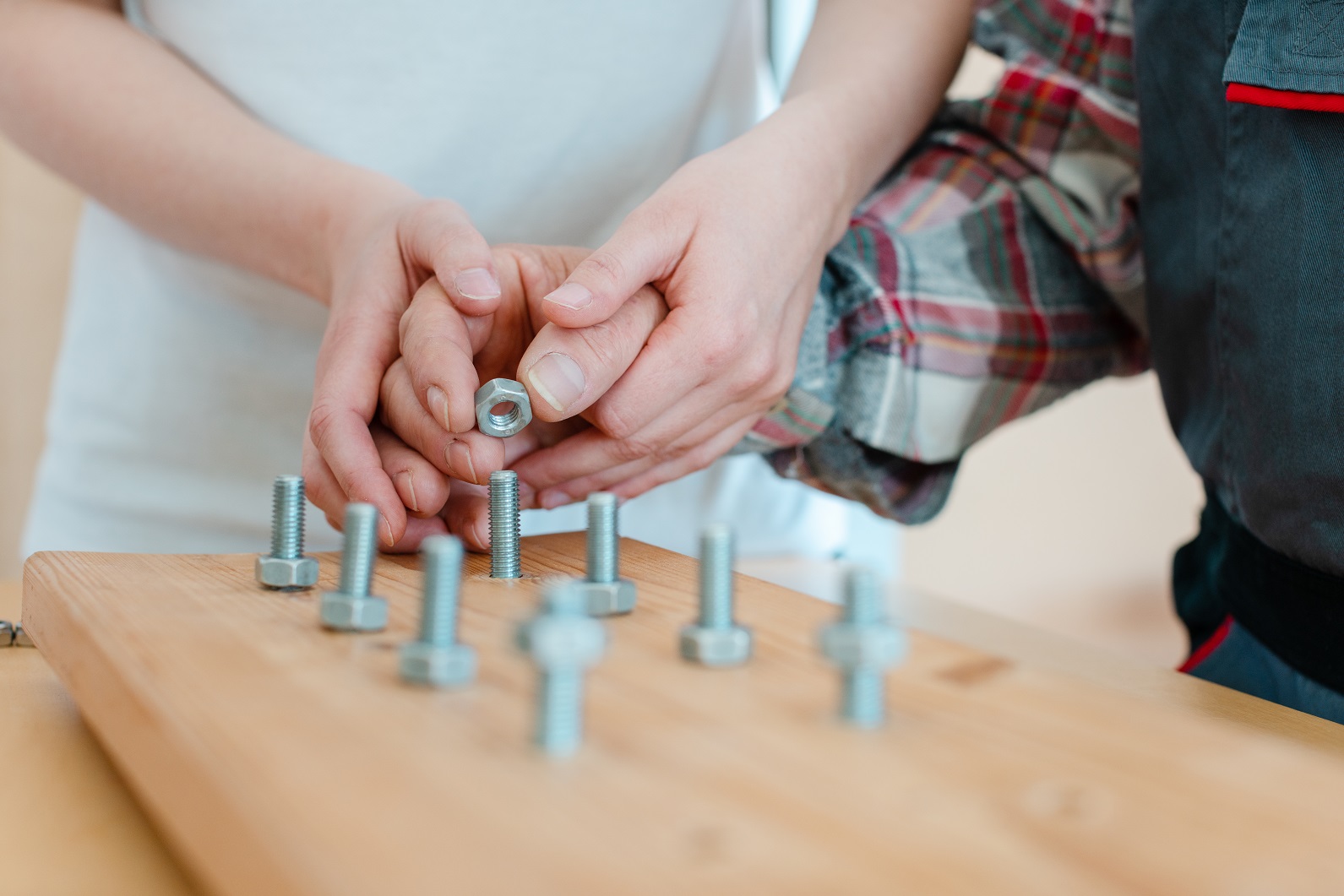
Practicing at home with hemiparesis
There are two types of home exercises. You can set aside extra time for practice or decide on a specific action that you will only complete with your affected hand. Put your healthy or less affected hand in your pocket while practicing. This helps to resist the urge to use the healthier hand to help.
With the first option, you’ll take at least 10 to 20 minutes twice daily to practice activities adjusted to your abilities with your weaker hand.
Quick hemiparesis exercises at home include the following:
- Curl your hand into a fist and open
- Spread your fingers and relax
- Lift your wrist, then lower it
- Practice different types of grips and pinches: key grip, 2-finger grip, 3-finger grip
With the second option, select an action from your daily life that you want to complete exclusively with the affected hand.
Daily life training with hemiparesis includes the following:
- Loading and unloading the dishwasher
- Wiping down tables and other surfaces
- Opening doors
- Cutting food with a knife and fork
- Turning newspaper or book pages
- Picking up and putting down playing cards
- Operating a mobile phone
- Children will probably be happy to assist in playing “rock, paper, scissors”.
When practicing at home, it is important to keep a log of your daily exercises. Once you begin to see improvements, you can gradually increase the exercises’ duration, intensity, and complexity. Your records will help your therapist plan future therapy sessions.
Also, strength training might be a good option. Talk to your therapist about options for additional exercises.
CIMT is not suitable for every patient
Some patients suffer considerably from the restrictions in everyday life caused by immobilization. In these cases, switching to exercises that use both hands is advisable.
It is also important to keep an eye on balance when using CIMT. Ask your therapist if your balance is sufficient to complete the exercises in a standing position.
With CIMT, the patient must understand the point of the exercise. If the patient has trouble comprehending speech or if cognitive functions are impaired, immobilizing the healthy hand can be problematic.
CIMT for the lower extremities
There are studies looking at CIMT for the lower extremities. Here, a weighted brace was attached to the more affected leg or the exercises favored the more affected leg.
These studies showed that spasticity in the leg and strength in the knee when extending the leg could be improved. In their everyday lives, the patients reported improved walking speeds and better balance when standing, among others.
As exercising the weaker leg can be very strenuous, such exercises should always be discussed with a therapist first.
CIMT for children with cerebral palsy (CP)
In children with CP hemiparesis may occur. Affected children are limited in their volitional movements and compensate by developing strategies to complete two-handed tasks with the healthier hand alone.
CIMT can be used for children suffering from hemiparesis symptoms due to cerebral palsy. This requires considerable support from parents and teachers. The treatment is adapted by putting the affected arm in a sling or the affected hand in a glove.
Treatment intensity must be adjusted to the abilities of the children. It´s often sufficient if the therapist places their hand on the healthier hand of the child while the child practices with the affected hand. One study showed that children’s fine motor function improved under this therapy approach.
Author: Hannes Aftenberger
You might also be interested in
4. April 2023
Health
Rehabilitation
Stroke nutrition guidelines for optimal health
Nutrition as the key part in health and well-being of stroke survivors A healthy, balanced …
21. March 2023
Rehabilitation
Kinesio taping in neurology as a useful therapy supplement
The Kinesio tape and its usefulness in neurological therapy What was originally known only from …
7. March 2023
Rehabilitation
Exercises against freezing of gait in Parkinson’s disease
When the legs freeze – how does the symptom “Freezing of Gait” manifest itself? Parkinson’s …








